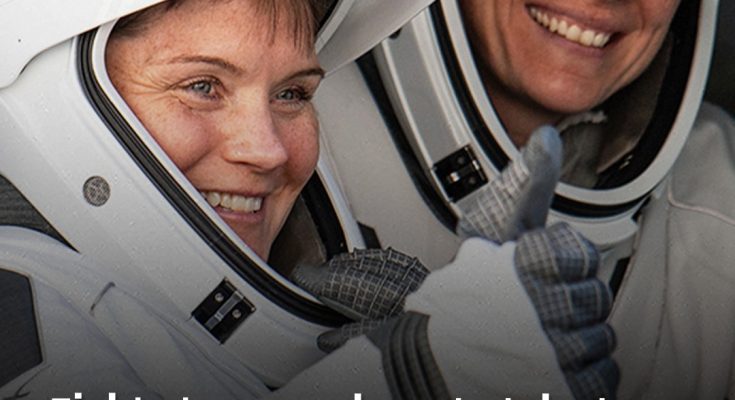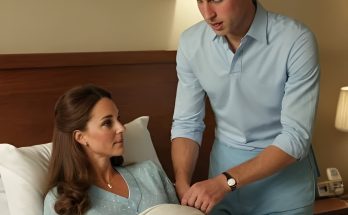It turns out that there are just eight simple steps standing between you and becoming an astronaut.
And shooting off for the stars doesn’t sound like the worst way to pay the bills.
If you have ever dreamed of exploring space as a NASA astronaut, then you’re in luck.

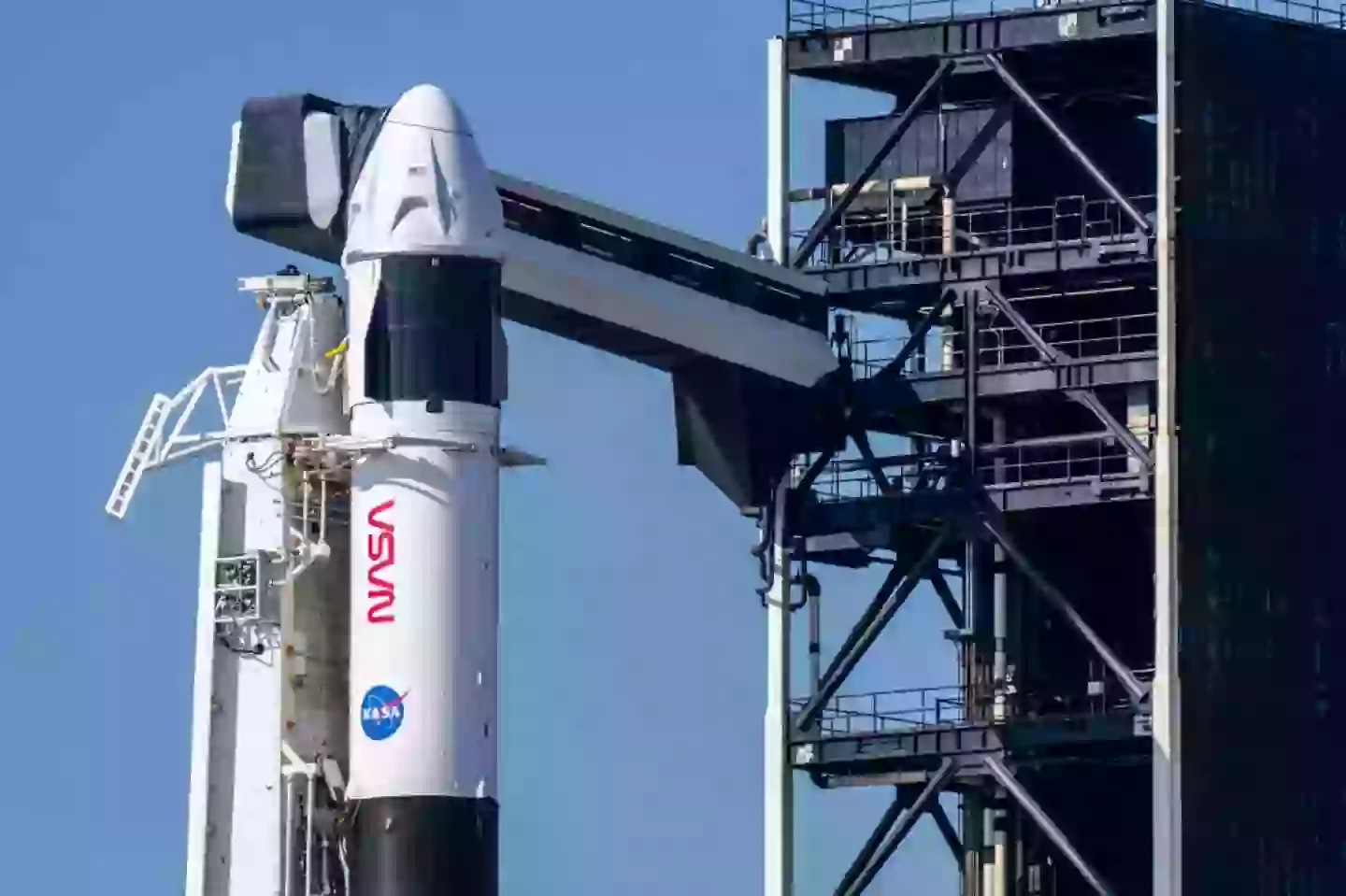
There is an eight-step application process to apply for a job at NASA (Brandon Bell/Getty Images)
This is because there are easy instructions on the space agency’s website that explain everything you need to know to bag the job.
First off, it’s important to note that you’ll need to build and attach a resume using the USAJOBS resume builder and complete an online application.
The eight steps of the NASA application process are as follows, according to its website:
- To begin the application process, click the Apply Online button.
- Build and submit a resume using the USAJOBS resume builder.
- Answer the questions presented in the online application and attach all necessary supporting documentation.
- Click the Submit Application button prior to 11:59 p.m. (Eastern Time) on the announcement closing date.
- If you are required to complete any USA Hire Assessments, you will be notified after submitting your application. The notification will be provided in your application submission screen and via email and may take up to 30 mins to receive (please also monitor your spam/junk folders). The notification will include your unique assessment access link to the USA Hire system and the completion deadline. Additionally, in USAJOBS you can click “Track this application” to return to your assessment completion notice.
- Access USA Hire using your unique assessment link. Access is granted through your USAJOBS login credentials.
- Review all instructions prior to beginning your assessments. You will have the opportunity to request a testing accommodation before beginning the assessments should you have a disability covered under the Rehabilitation Act of 1973 as amended.
- Set aside at least 2.5 hours to take the USA Hire assessments; however, most applicants complete the assessments in less time. If you need to stop the assessments and continue at a later time, you can re-use your unique assessment link.
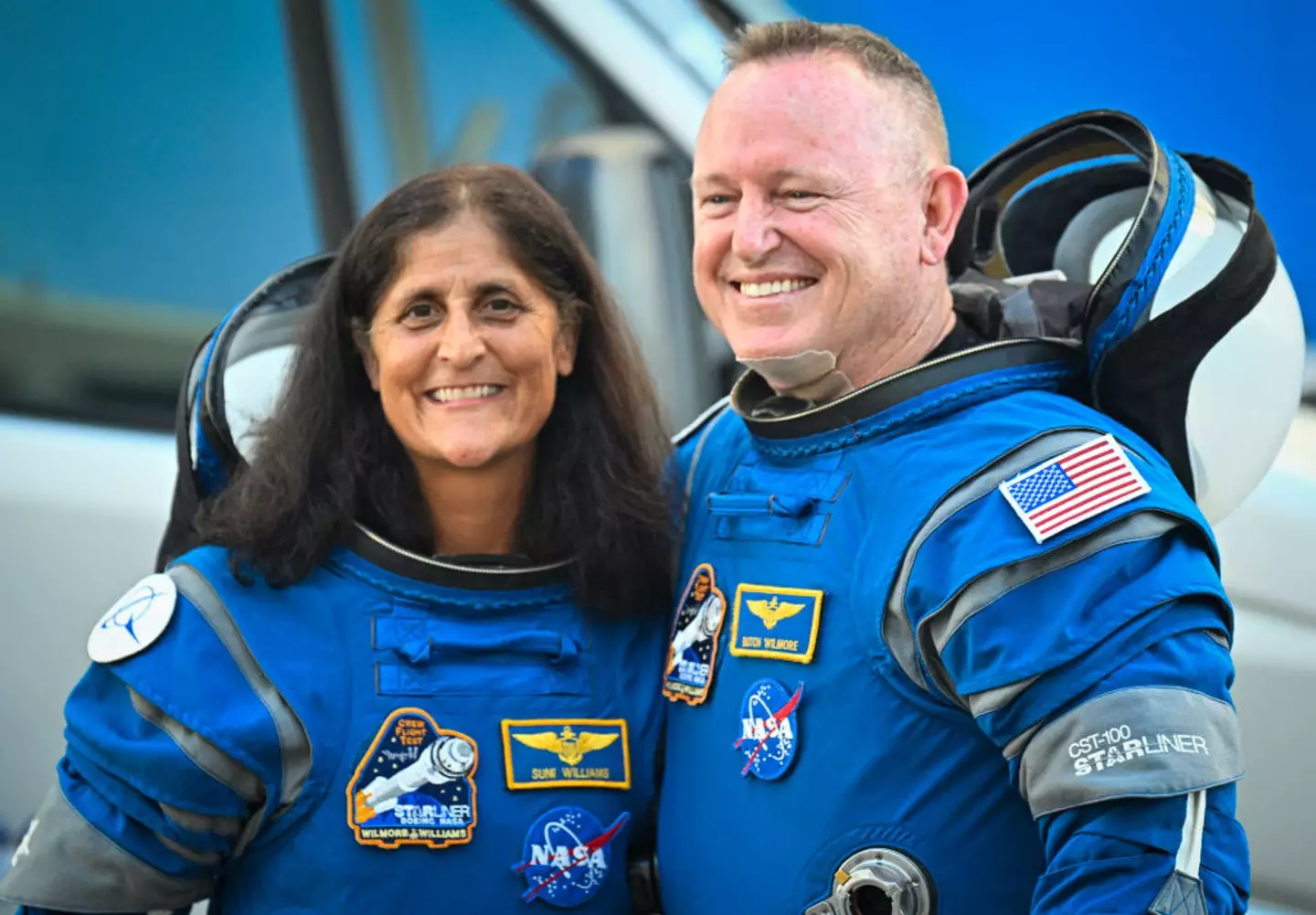

The exciting job comes with its risks (MIGUEL J. RODRIGUEZ CARRILLO/AFP via Getty Images)
While a career in space might sound exciting, it certainly won’t come without its risks and unexpected turns.
Especially if the recent return of NASA astronauts Sunita ‘Suni’ Williams and Barry ‘Butch’ Wilmore is anything to go by.
They embarked on what was meant to be an eight-day mission back in June 2024 that stretched over nine months after suffering faults with their spacecraft.
The pair splashed down back on Earth on Tuesday (March 18).
So, if you’re keen for a career in the stars, it’s not for the faint hearted but certainly will be more interesting than your usual 9-5.

Four must-have skills every astronaut has to have to be considered for NASA
There are countless components required to become an astronaut at NASA, but you won’t get very far if you don’t have these four skills that the agency claims will prepare you for life and working during space missions.
Every child at some point in their life dreams of becoming an astronaut, as there are few things more exciting when you’re younger than the idea of going into outer space and exploring the seemingly endless domain.
You might have just seen Suni Williams and Butch Wilmore finally return to Earth after a 286-day mission on the International Space Station (ISS) and wonder what you’d need to do in order to step into their shoes.
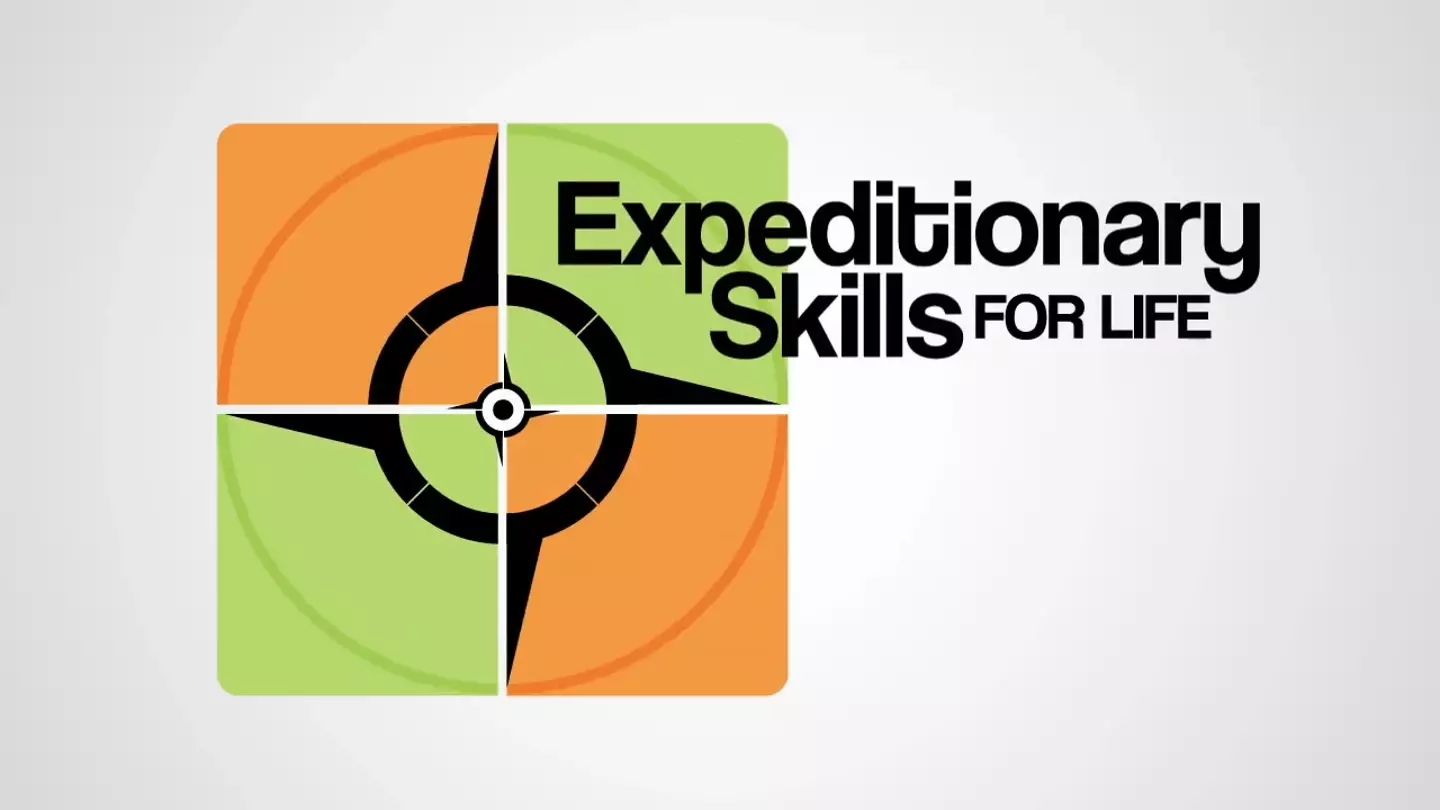

NASA have outlined four Expeditionary Skills that are essential to obtain for any budding astronaut (YouTube/NASA Johnson)
Of course, you’ll have to hone your physical and cognitive capabilities until you’re an expert that’s well equipped for the challenges and dangers of space travel, but you can first get started with four key skills that every astronaut has under their belt.
NASA breaks down these tenants into what they call ‘Expeditionary Skills‘, and they are as follows:
- Self Care/Team Care
- Embarking on Pilgrimages
- The Challenge of the Quest
- Launching Into Orbit
Mastering all four of these skillsets will put you on the right path to success when it comes to living well on the International Space Station, as understandably it’d be tough to stay on top of everything in an enclosed low-gravity environment that you can’t leave in the middle of space.
Self Care/Team Care allows you to become mentally, physically, and emotionally ready to embark on a space mission, as learning not only how to support yourself but also your team members is vital to achieving greatness on the ISS.
Key to working with others is also the Embarking on Pilgrimages skill, which teaches you to ‘understand, appreciate, and value the beliefs of others.’ NASA details that achieving this is a vital part of working together on complex space tasks, allowing groundbreaking expeditions to move forward.
Imagine if you were trapped up there for 286 days like Suni Williams and Butch Wilmore – not being able to understand and appreciate your fellow astronaut’s values would make the seemingly never-ending stay a nightmare!
The Challenge of the Quest let’s you learn when to lead and when to follow others, outlining the importance of both roles in achieving success when in outer space. Sometimes people need a figure to step up, and being capable of leading will help a lot, but other times the best course of action is to led someone else take the reigns and support their expertise.
Finally, Launching Into Orbit deems the importance of understanding and distinguishing roles across a team, and how essential that is in the process of space travel. Everyone has a part to play when heading into space, and knowing what you’re supposed to be doing allows unexpected events to be handled with far greater ease.
Once you’ve conquered these Expeditionary Skills you will now be on the path to becoming an astronaut, but there’s far tougher tasks lying in wait ahead.
Retired astronaut Chris Hadfield has detailed his experience with what NASA call the ‘death simulator’, a machine designed to prepare people for the worst case scenarios to ensure that they always know what they’re doing and avoid any panic.
It’s an experience that many wouldn’t like to subject themselves to, but Hadfield has explained how it’s allowed him to understand his weaknesses, letting him avoid falling prey to dangers when they occur.

NASA astronaut bizarrely grew 2 inches taller after 340 days in space
Space does some strange things to the human body, but there has been perhaps no stranger occurrence than when one now-retired NASA astronaut somehow grew two whole inches during his stay on the International Space Station (ISS).
If you’ve been following the events of stranded NASA astronauts Butch Wilmore and Suni Williams closely then you’ll know the challenges that they’ve faced with regards to their health.
Photos released last year worried people online as Williams’ appeared to look dangerously thin and unhealthy, and while NASA assured everyone that she was all OK, it certainly drew attention to the strange effects that living in space can cause.
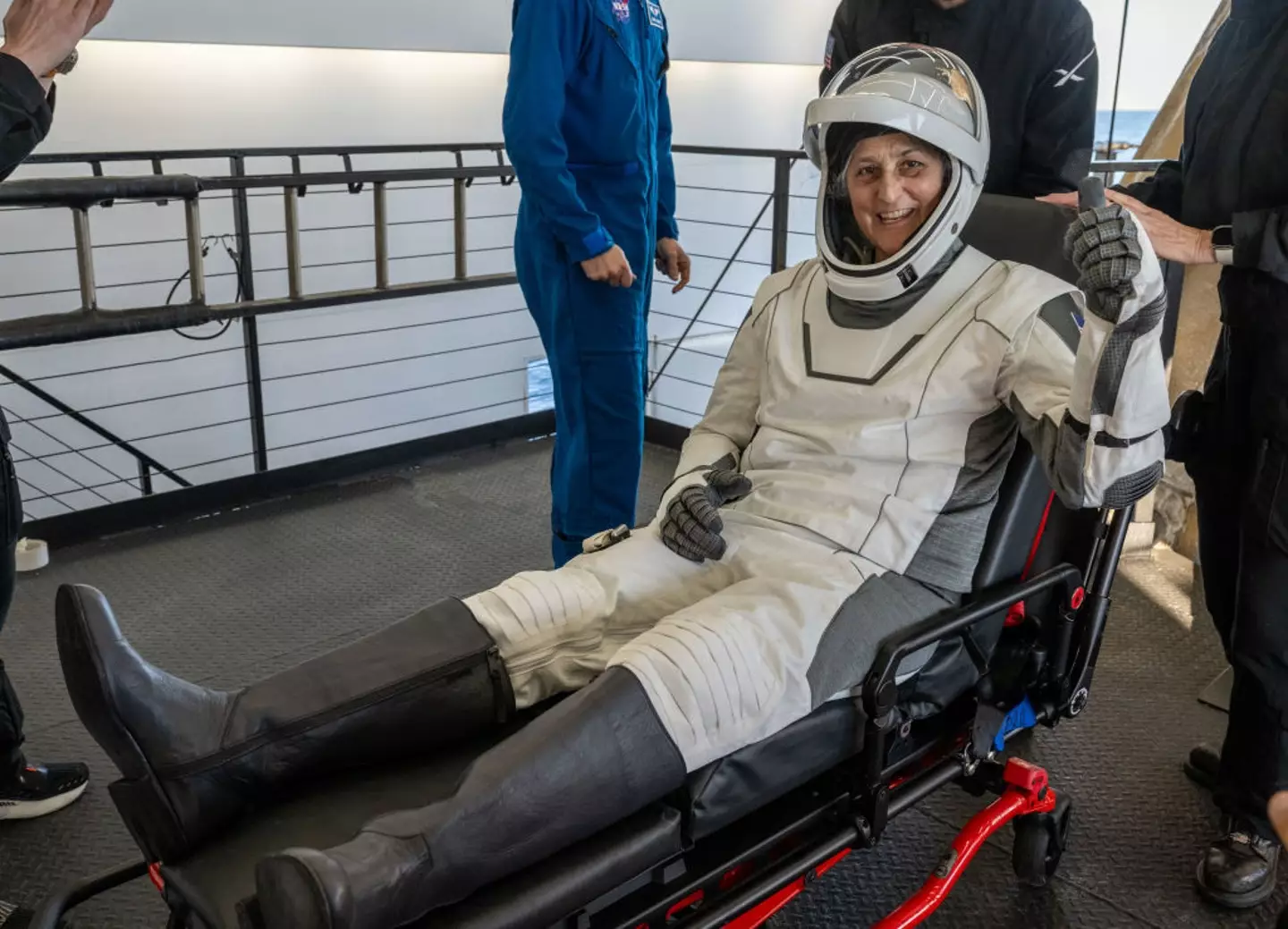

Astronauts are monitored closely by doctors and scientists following their return to Earth (Keegan Barber/NASA via Getty Images)
Your body isn’t used to living in low or zero gravity environments, and thus you can very easily shed significant muscle and also suffer from bone density loss as your muscles – including your heart – don’t have to work anywhere near as hard even if you do hours of exercise every single day.
Yet Williams’ health concerns look fairly mundane compared to retired NASA astronaut Scott Kelly, who upon return from a staggering 340 day stay on board the ISS returned two inches taller than he was a year earlier, as reported by CNBC.
Scott’s case was a particularly intriguing one when it comes to studying the effects of space travel on the human body, as he happened to have an identical twin brother who was also an astronaut.
Mark Kelly, Scott’s twin, was down on Earth during the latter’s lengthy ISS expedition, and measuring him up against his twin was what allowed scientists to discover the bizarre change.
Researchers also conducted a number of genetic tests between the pair of twins, as it’s not exactly common to get a near perfect way to analyze the immediate differences shortly after space travel in two genetically similar test subjects.
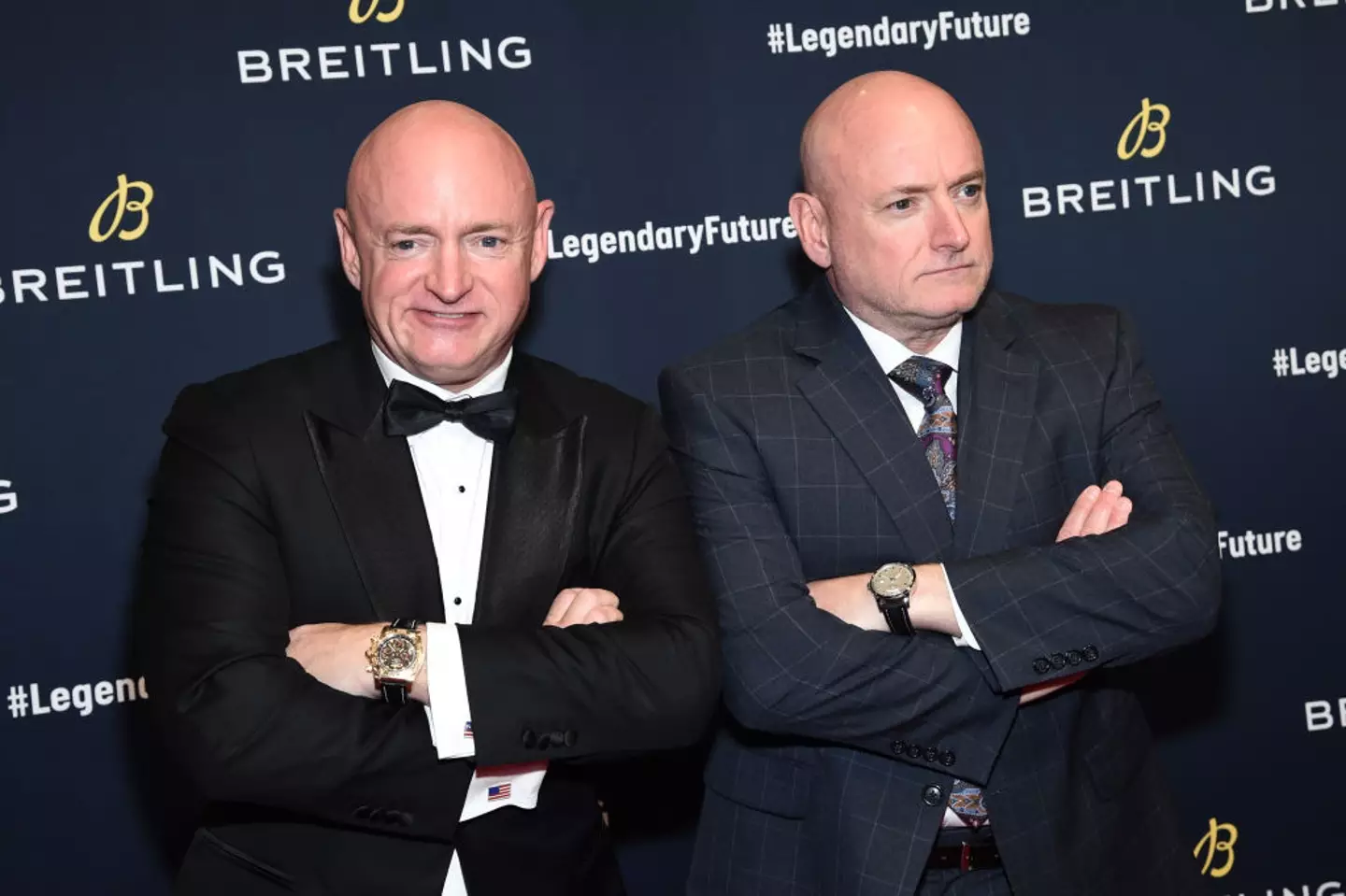

Scott grew two inches taller than his twin brother Mark after staying in space for nearly a year (Dimitrios Kambouris/Getty Images for Breitling)
Like almost everything in space though, Scott managed to somehow grow taller due to the effects of gravity on his body. On Earth the disks in your spinal column are compressed and fixed in place, whereas the lack of gravity in space causes these to loosen, expand, and in turn lengthen your spine overall.
This is a particularly prevalent case due to the length of time that Kelly spent consecutively in the environment in space, affording a much greater expansion of his spinal column and therefore a more noticeable increase in his height.
Other bizarre side effects that are caused by the shift in gravity include a hypersensitivity that leads to ‘baby-like’ skin, as your clothes otherwise float above your body when you’re in space, alongside a difficulty learning how to talk again as the tongue naturally floats in low gravity.

Daughter of stranded NASA astronaut finally breaks silence on her father’s absence in heartbreaking video
The daughter of NASA astronaut Barry Wilmore has opened up for the first time about her father’s unexpectedly long stay in space.
Daryn Wilmore revealed that her dad had missed out on major family moments during his nine-month mission in a heartfelt video last month.
She and her 16-year-old sister, Logan, have been waiting for his return since June, along with their mother in Houston, Texas.
“It’s been hard if we’re completely honest,” Daryn said.
She explained that her frustration wasn’t just about her dad being in space, but rather ‘why’ he was still there.
“There’s a lot of politics, there’s a lot of things that I’m not at liberty to say and that I don’t know fully about,” Daryn added.
“But there’s been issues. There’s been negligence. And that’s the reason why this has just kept getting delayed. There’s just been issue after issue after issue.”
.jpg)
SEBASTIAN KAULITZKI/SCIENCE PHOTO LIBRARY / Getty
While stranded in space, Wilmore has missed much of Logan’s senior year of high school and Daryn’s college theatre performances, as well as Christmas and his 30th wedding anniversary.
Daryn’s video came just weeks before SpaceX and Tesla CEO Elon Musk suggested that politics played a role in delaying Wilmore’s return.
The tech billionaire blamed the Biden administration for leaving them in space. He later doubled down on his claim during an interview with Joe Rogan, saying his offer to bring the astronauts back was rejected because it would have ‘made Trump look good.’
Wilmore and his crewmate, Sunita Williams, were supposed to return from the ISS eight days after arriving. However, problems with their return capsule led to multiple delays, and NASA pushed back their flight home until at least March 19.
Logan has also shared her feelings online, posting a video in August of her dad preparing to board the Starliner capsule, followed by a clip of her hugging him.
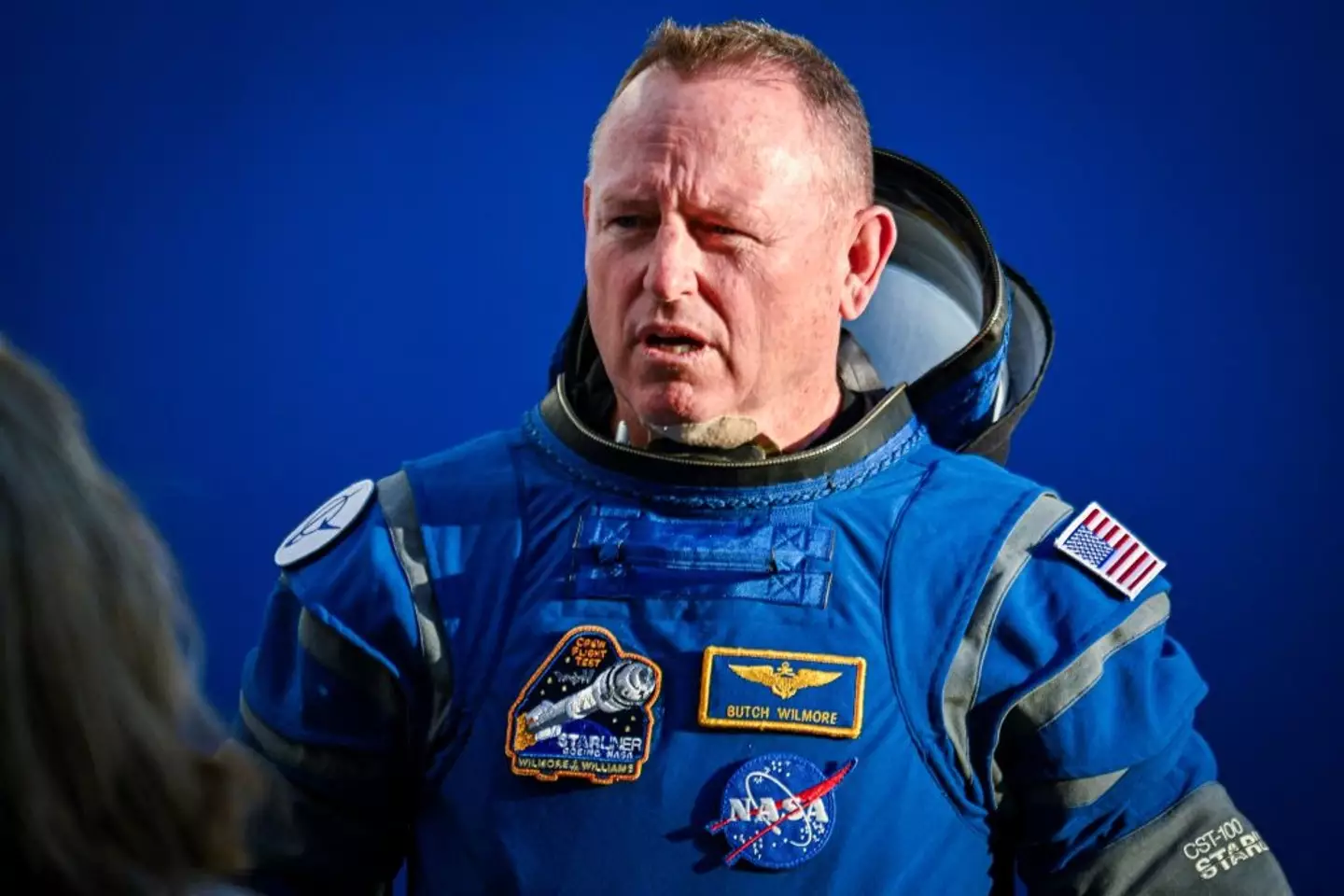
MIGUEL J. RODRIGUEZ CARRILLO / Contributor / Getty
She captioned: “Not dead, just stuck in space. I’m not worried at all, just miss him!”
In October, she posted a slideshow of photos of them together as a tribute to her father. Despite the long separation, the sisters have been able to keep in touch with their dad through regular video calls. “I talk to my dad all the time,” Daryn added. “That makes things really nice.”
Now, with his return expected in mid-March, Daryn says she is ‘excited’ to finally see him again.
“I miss him so much,” she said, admitting that she’s looking forward to having him attend her upcoming performance and watch Logan graduate high school this spring. “But fingers crossed, things could always change. And especially with this whole thing – we’ve had so many changes. And it’s a bit mentally exhausting.”

‘Stranded’ NASA Astronaut Sunita Williams reveals heartbreaking ‘hardest part’ of being stuck in space
Spending months in space might sound like the ultimate adventure, but for NASA astronaut Sunita Williams, the experience came with an unexpected emotional toll.
Williams, who was only supposed to be on an eight-day mission, has now been in space for over 270 days after a series of technical failures left her and fellow astronaut Butch Wilmore stranded on the International Space Station (ISS).
Responding to a press question from the ISS on as part of a pre-departure news conference, from 6:06 in the video above: Williams revealed: “the hardest part of being stuck in space wasn’t the weightlessness or the isolation — it was the uncertainty of when she’d be able to come home”.
“The hardest part is having the folks on the ground not know exactly when we’re coming back. It’s been a rollercoaster for them – probably more so than for us,” she added.
Williams and Wilmore launched aboard Boeing’s Starliner on June 5, 2024, for what was supposed to be a quick trip to the ISS. But things quickly went south when the spacecraft experienced multiple technical failures.
NASA later deemed it too unsafe to bring them back, forcing the astronauts to stay aboard the station while alternative plans were made. Starliner was eventually sent back to Earth without them in September, leaving them quite literally without a ride home.
Now, after months of uncertainty, NASA has confirmed that the two astronauts will finally return to Earth on March 19 or 20. But instead of Boeing bringing them back, they’ll be catching a lift with Elon Musk’s SpaceX on the Crew-9 return flight.
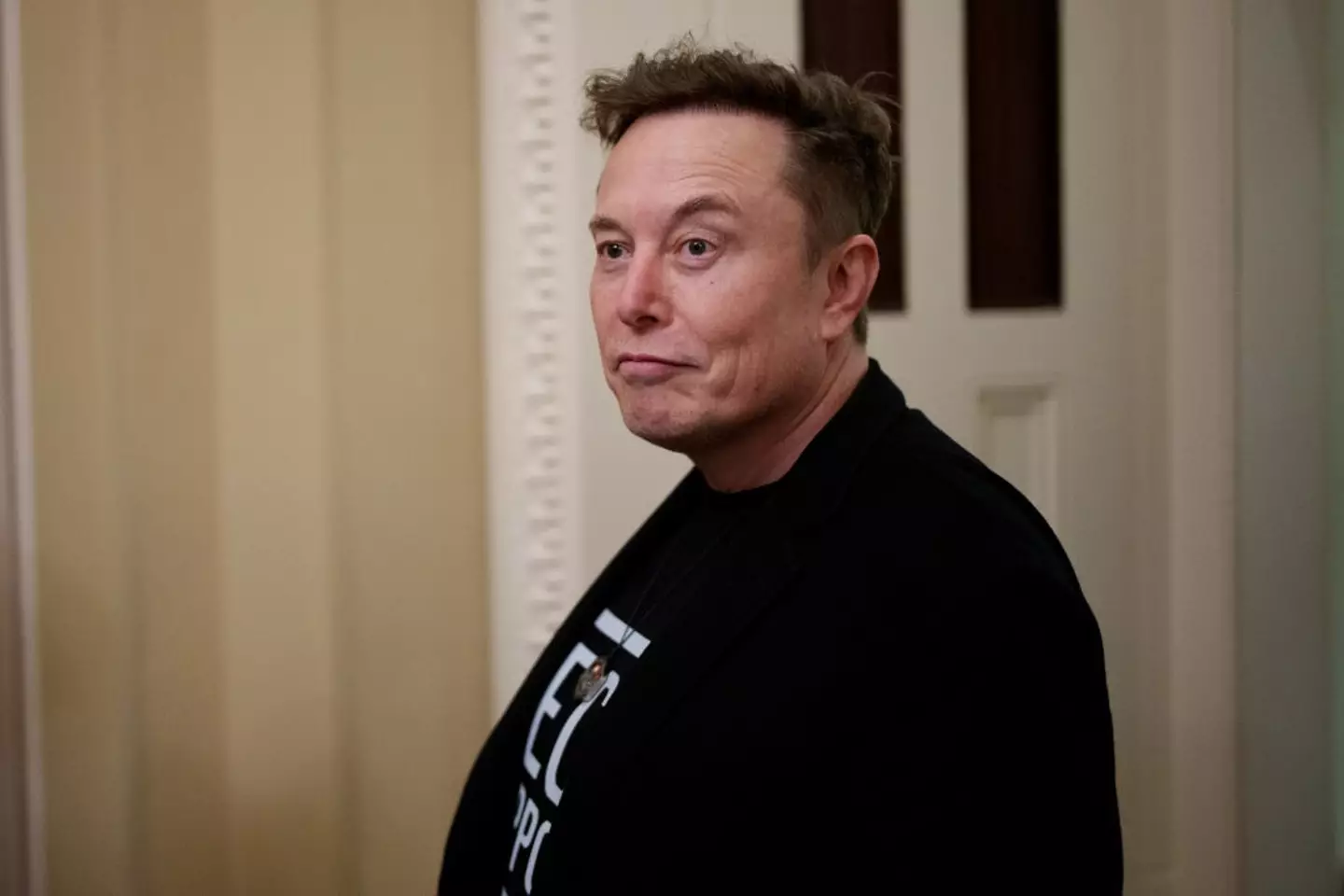

SpaceX & Tesla CEO, Elon Musk (Getty Images)
The extended stay has sparked major controversy back on Earth, with Elon Musk suggesting that the delay was politically motivated. Former US President Donald Trump echoed the claims, accusing the Biden administration of deliberately holding them in space longer than necessary.
Despite the swirling speculation, Williams and Wilmore have largely avoided getting dragged into the politics of it all. When asked about the controversy, Williams simply responded, “We know what we’ve lived up here. We have the utmost respect for everyone trying to get us home.”
Wilmore, however, admitted that he and Williams have been kept in the dark regarding the politics of their situation. Referring to Musk’s claim, he said: “That’s information that we simply don’t have, so I believe him”.
For now, the focus remains on getting the astronauts back safely. After spending nearly a year in space, their long-awaited return is finally in sight.
